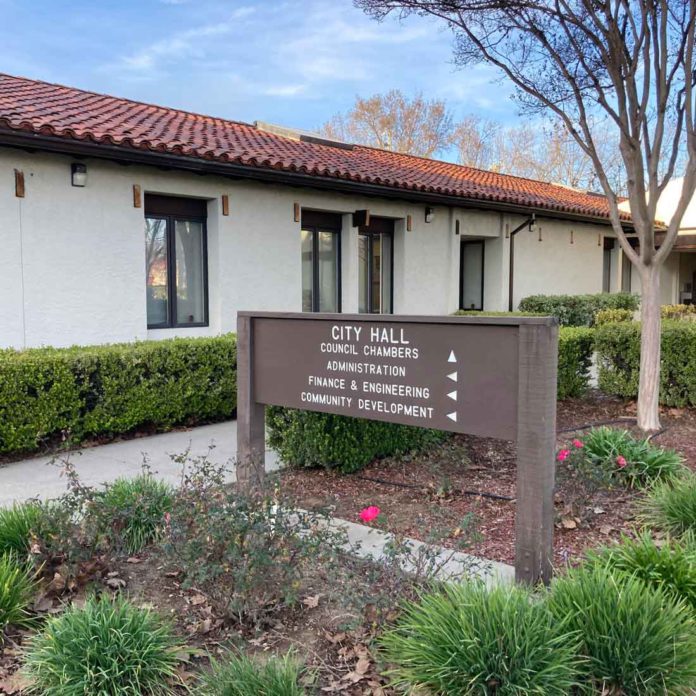The Gilroy City Council last week decided to add another public hearing to its scheduled outreach efforts to create new districts that will take effect in the 2026 and 2028 elections.
That leaves two more public hearings before the council decides which district map to adopt. The next meeting will take place at 7pm May 5 in council chambers, 7351 Rosanna St.; and 7pm May 19, also at council chambers.
At the May 5 meeting, the council will continue reviewing and discussing draft district maps, including maps created by members of the public.
The council at the May 19 meeting is expected to approve a final district map from among those submitted by the public, the city’s districting consultant and city officials. Members of the public so far have submitted dozens of proposals for a new map that breaks Gilroy up into six districts, which will each be represented by a single council member elected by voters within each district.
The public hearings are a required part of the city’s transition process to district-based council elections. The process is mandated by state and federal voting laws.
Following a demand letter submitted by a law firm under the California Voting Rights Act, the city council on Feb. 24 unanimously voted to transition from at-large elections to district-based elections.
Under a district-based election system, the city is divided into separate districts, each with one council member who lives in that district and is elected only by voters who live in that district.
Under the at-large system under which Gilroy has always operated, every voter throughout Gilroy has the opportunity to vote for all city council seats that are on the ballot.
At the March 17 meeting, the seven-member council voted specifically to transition to a six-district system with a mayor who would still be elected at large, by all voters in Gilroy. The council’s other option was to approve a seven-district system, with the mayor designated from among the seven city council members on a rotating basis.
The public participation process has allowed any Gilroy resident to create proposed maps depicting six new districts within the city limits, using an online tool created by the city’s demographics consultant, Redistricting Partners.
The public has submitted dozens of draft maps for Gilroy’s transition, all of which have been reviewed at previous public hearings.
At the April 7 meeting, Liz Stitt of Redistricting Partners told the council that common trends among maps submitted so far include whether to keep the east side of Gilroy intact or divided north to south; and whether to use Hecker Pass Highway as a district border.
The city should strive to keep “communities of interest” intact, Stitt said.
“The east side is a community of interest and we want to keep communities of interest intact as much as possible,” she said.
The council could end up creating its own final district map based on elements of submitted drafts and input from the public and consultants, as long as the council’s choice complies with the CVRA.
The council has 90 days from its Feb. 24 decision to approve a final district map. The completion of five public hearings on the transition is a required part of the public outreach process mandated by the CVRA.
For more information about Gilroy City Council’s district elections transition process, visit the city’s website at cityofgilroy.org/districting.















